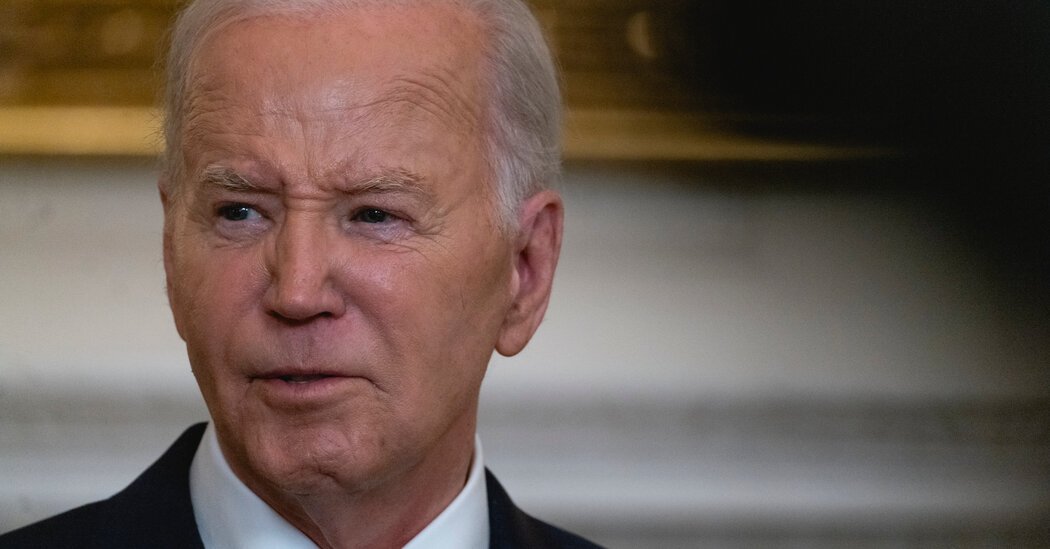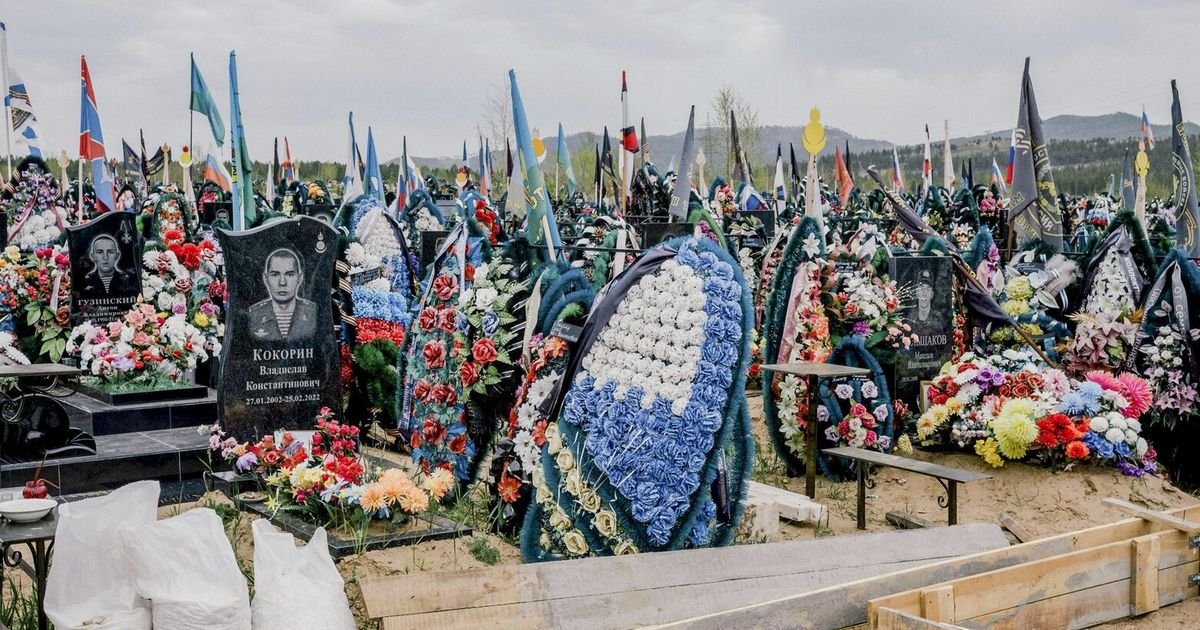The Israeli military said on Friday that its forces had advanced into central Rafah, pushing even deeper into the southern Gaza city despite an international backlash and pressure from allies to scale back the latest offensive.
Israeli commandoes backed by tanks and artillery were operating in central Rafah, the Israeli military said in a statement, without specifying precise locations. On Wednesday, the Israeli military said it had established “operational control” over the border zone with Egypt, an eight-mile-long strip known as the Philadelphi Corridor on the outskirts of Rafah.
Commercially available satellite imagery taken by Planet Labs on Thursday also showed that the Israeli military had set up positions in parts of central Rafah, while military vehicles and tanks could be spotted as far as the outskirts of the Tel al-Sultan area in western Rafah.
Despite nearly eight months of fighting, Israel has yet to accomplish its stated goals of bringing home the roughly 125 hostages held in Gaza and toppling Hamas. Israeli officials have said that shutting down Hamas’s cross-border smuggling network and rooting out militants in Rafah would be key steps toward those goals.
Another recent focal point of the Israeli military campaign in Gaza has been Jabaliya in the north, where the military said it had conducted more than 200 airstrikes over weeks of intense fighting with Hamas militants. On Friday, Israeli forces withdrew, leaving widespread devastation in their wake, according to the military and Palestinian residents. The military said it was also still conducting some combat operations in central Gaza.
Military analysts have expressed skepticism that the offensive in Rafah will deal Hamas the decisive blow that Israel craves. But it has deepened the misery of ordinary Palestinians, who are still facing widespread hunger in the enclave. And since the offensive began, the amount of international aid reaching southern Gaza has declined, although there has been a slight uptick in the arrival of commercial goods.
Tzachi Hanegbi, the Israeli national security adviser, said on Wednesday that Israel’s military operations in Gaza would likely last through the end of the year. Mr. Hanegbi, a senior aide to Prime Minister Benjamin Netanyahu, said in a radio interview that the fighting would continue for months more to “shore up the achievement” against Hamas.
More than one million Palestinians in Rafah, about half the territory’s total population, have fled the Israeli offensive over the past few weeks, according to the United Nations, many of them displaced for the second or third time in this conflict. Many had sought refuge there after Israel ordered a mass evacuation of northern Gaza in late October, swelling the city’s population to 1.4 million.
Israel has followed through with its offensive in Rafah despite concerns from close allies like the United States that any major military assault would place civilians in grave danger.
On Sunday, some of those fears appeared to be realized when at least 45 people were killed in an Israeli strike and subsequent fire, according to Gazan health officials. The Israeli military said the bombardment had precisely targeted two Hamas commanders, but unintentionally set off a blaze nearby where civilians were sheltering.
Daniel Hagari, the Israeli military spokesman, later said there were “no tents in the immediate vicinity” of the structure targeted by Israeli aircraft. But a visual analysis by The New York Times found that the munitions hit inside a camp where displaced people had taken refuge.
Shlomo Brom, a retired Israeli brigadier general, said on Friday that the offensive in Rafah would likely continue for weeks as Israeli forces destroyed tunnels in controlled demolitions and fought through parts of the city against remaining militants in an effort to “clean up” the area.
To prevent Hamas from rearming itself, Israeli forces would likely remain in the border zone near Egypt for the foreseeable future, said General Brom, who directed the military’s strategic planning division. Israeli officials, he said, have yet to move toward the only other feasible option — handing over security responsibility to a new administration.
Senior Israeli officials have expressed frustration with Mr. Netanyahu for not articulating a clear exit strategy for the war. Over the past few months, Israeli forces have repeatedly gone back to areas like Jabaliya — which they had conquered earlier in the war — to crack down on renewed Hamas insurgencies.
As long as Israel has no diplomatic endgame for Gaza, its forces will keep finding themselves bogged down in constant battles against Palestinian militants there, General Brom said.
“All kinds of operations will be launched, and they will all have military logic, but they won’t be part of any clear strategy,” General Brom said, adding that chipping away at the militant threat under an Israeli military regime in Gaza “could take years.”
Last week, the International Court of Justice ordered Israel to rein in its ongoing military offensive in Rafah, warning of the risk of grave harm to civilians, although some of the judges wrote that Israel could still conduct some military operations there. The Israeli military pressed on with the operation despite that pressure, describing its Rafah campaign as limited and precise.
Much of eastern Rafah has been devastated since the offensive began in early May, particularly around the border crossing with Egypt, according to satellite photos from May 22. Israel captured the Rafah crossing in an overnight operation on May 7 that marked the beginning of their assault on the area.
Source: Satellite imagery from Planet Labs
The Rafah crossing has served as a vital conduit for getting humanitarian aid into Gaza amid widespread deprivation and hunger. It also served as the main gateway for sick and wounded Gaza residents to flee the fighting and receive urgent medical care.
Israeli officials say the portal was part of Hamas’s smuggling operations into the enclave, which has been subject to a crushing Israeli-Egyptian blockade since the Palestinian armed group seized control of Gaza in 2007.
The crossing has been shuttered since its capture by Israeli forces, and Israeli, Egyptian and Palestinian officials have been unable to reach a deal to resume operations there.
After U.S. pressure, Egypt began diverting some aid trucks to another crossing, the Israeli-controlled Kerem Shalom, this week in an attempt to alleviate a sharp decline in aid entering Gaza.
Christiaan Triebertcontributed reporting.












